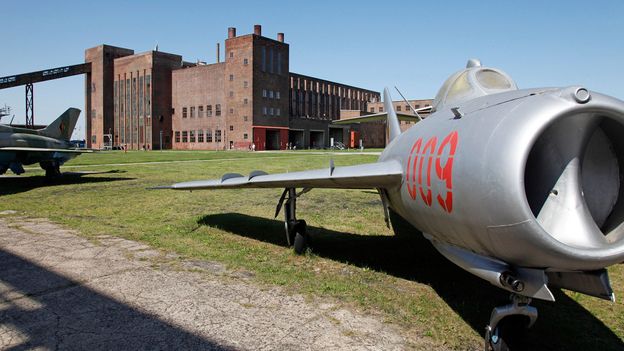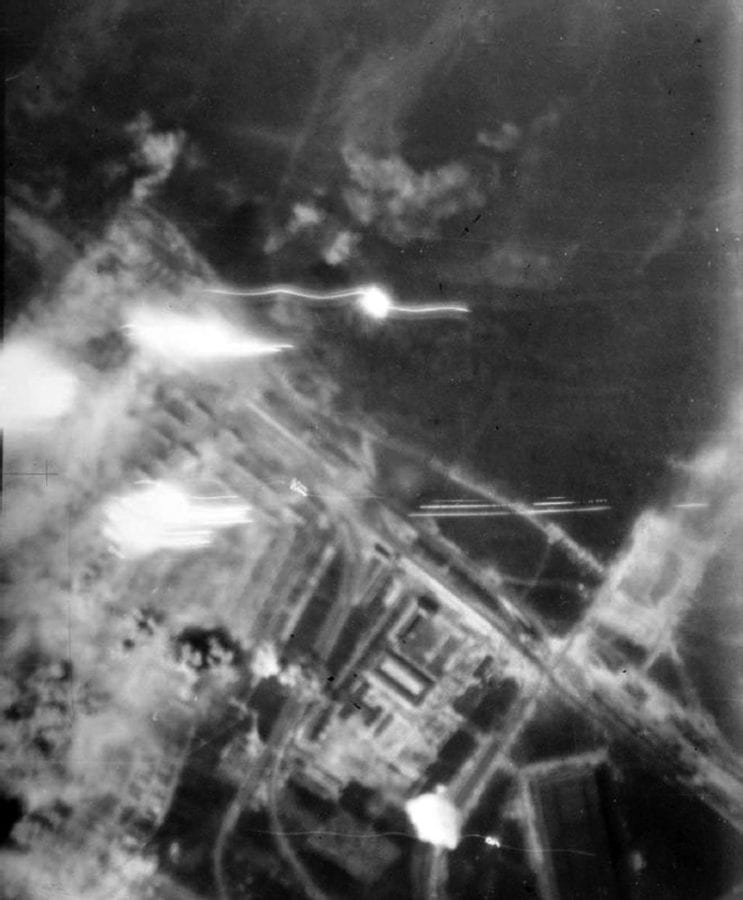GeographyDude
Gone Fishin'
And in spite of the heroism of George Dunn and his comrades in the Royal Air Force, this raid on Aug. 17, 1943 (plus, early morning hours of Aug. 18th) was only partially successful. And, the Nazis then moved V-1 and V-2 rocket research and production.
So, in a sense, you only get one chance for a really highly effective raid.
The dilemma is, that as you put off the raid planning for a bigger raid, you may end up putting it off too long.

Pernemunde was located on the island of Usedom.
Your challenge — Design a bigger raid without waiting too long.
Last edited:



